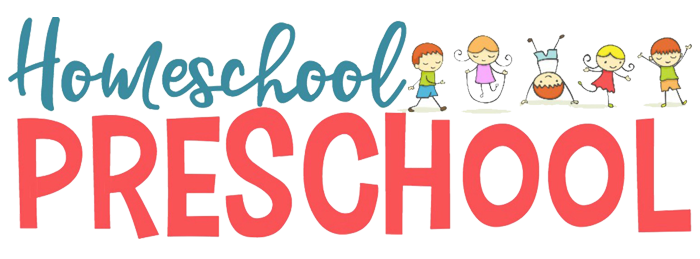Why is Sequencing Important?
Are you a preschool teacher looking for new ways to engage your young learners? If so, have you considered introducing sequencing into your classroom?
As a preschool teacher, I can definitely see the value in incorporating sequencing activities in the classroom. Not only do they help little learners understand the concept of order, but they also develop important cognitive skills.
By practicing sequencing, kids can hone their memory, attention to detail, and problem-solving abilities. Plus, let’s not forget how fun this type of learning can be!
Whether it’s putting together a puzzle, sorting objects by size, or following step-by-step instructions for a craft, sequencing activities are an engaging way for children to explore and learn.
So if you’re looking to add some variety to your lesson plans, or simply want to give your students a fun challenge, why not give sequencing a try? Your class just might thank you for it!
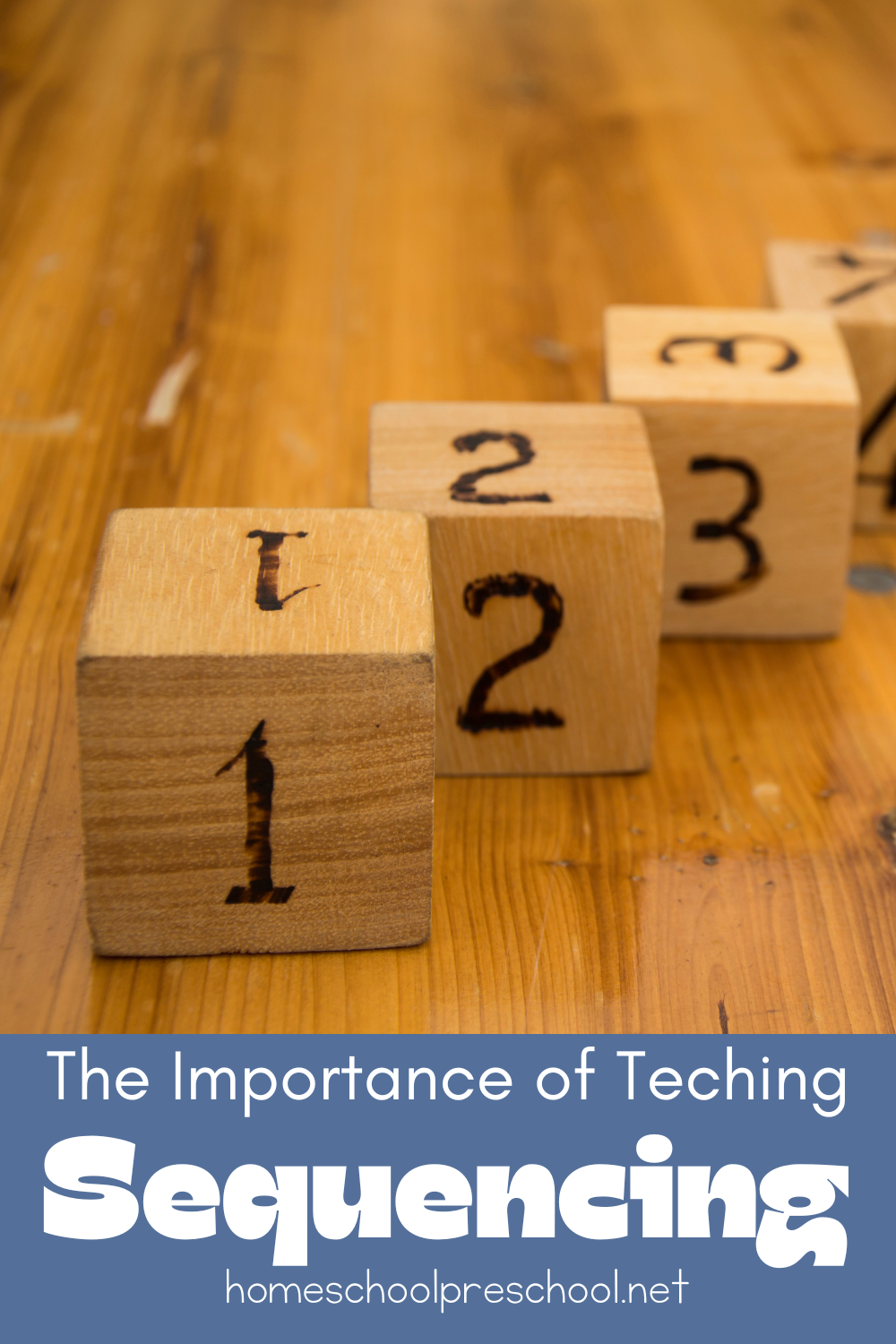
What is Sequencing?
Sequencing – it’s a term that gets thrown around a lot in preschool classrooms these days. But what does it actually mean?
Essentially, sequencing is the ability to put events, ideas, and even numbers in a logical order.
For our little ones, this means understanding that stories have a beginning, middle, and end; knowing that we brush our teeth, then put on our pajamas, and then hop into bed; and even grasping the concept that counting goes in a certain order (1, 2, 3, etc.).
As important as it is for young children to master this skill, it’s also just plain fun. Think sequencing games like “Simon Says” and “Red Light, Green Light”. They’re sneaky ways to reinforce the concept and keep our kiddos entertained at the same time.
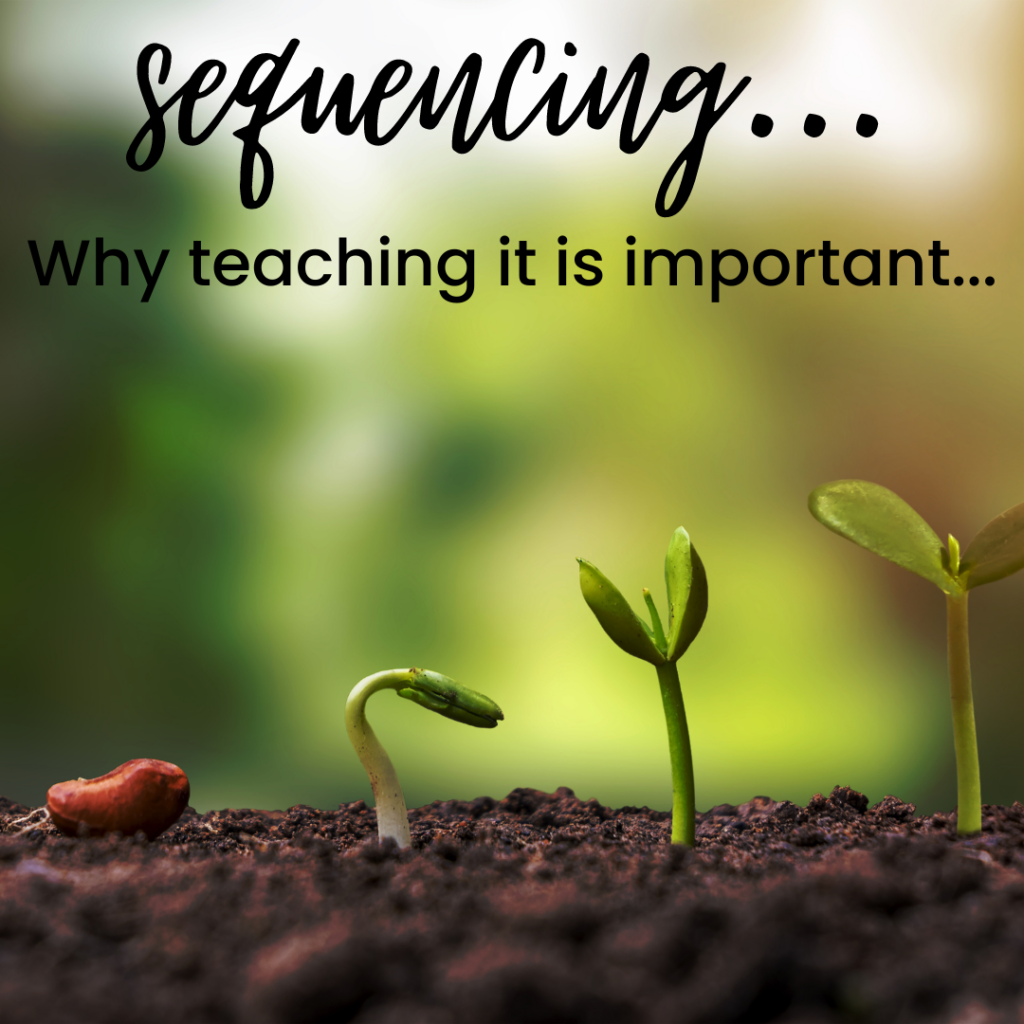
The Importance of Sequencing in the Preschool Classroom
Sequencing is an essential component of any learning environment, especially in a preschool classroom.
It helps children understand the order and organization of things, from their daily routine to the steps in completing a task.
Through sequencing, kids learn critical thinking skills and problem-solving abilities that they will use throughout their academic and personal lives.
Teachers who encourage this skill in their classrooms help children develop strong organizational habits and foster a love of learning.
Whether it is lining up for lunch or engaging in a science experiment, sequencing is an essential tool in creating a fun and productive preschool experience.
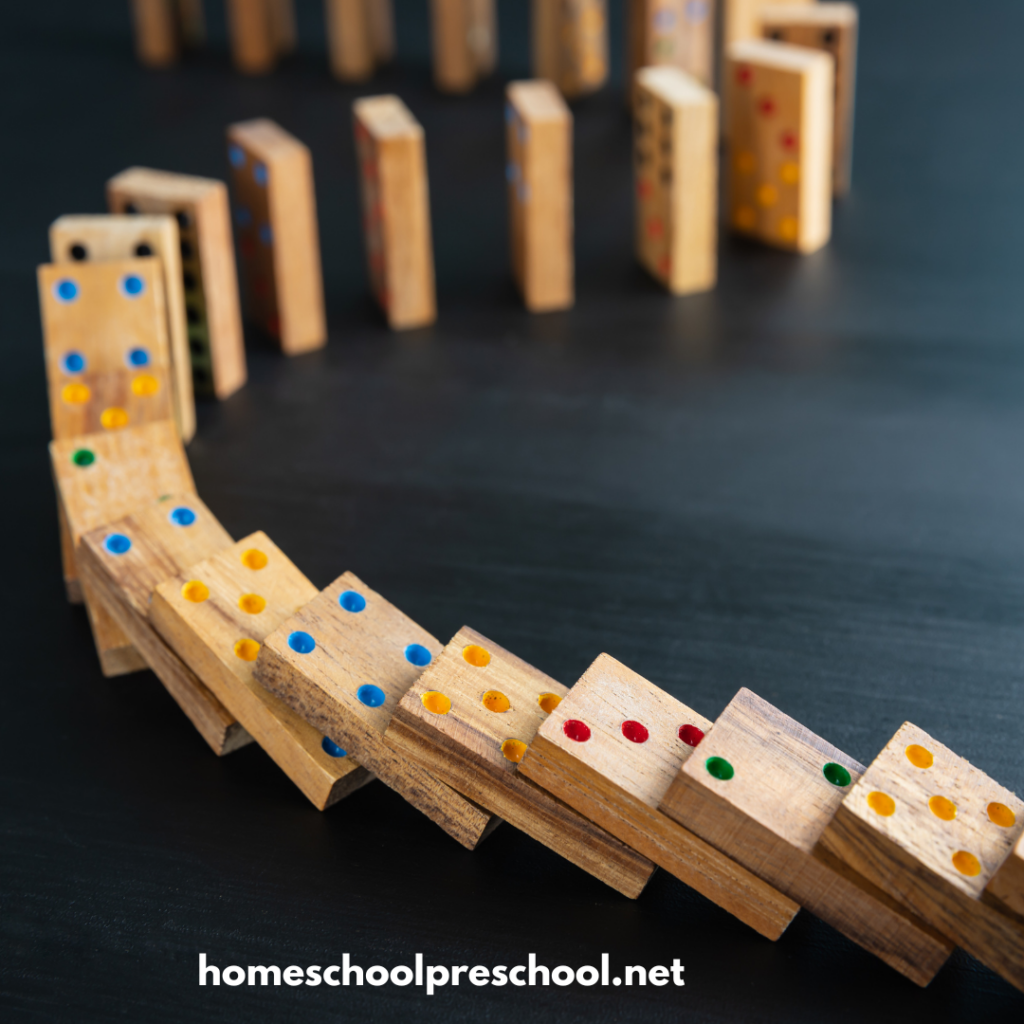
How Teachers Can Use Sequencing to Help Students Grow
Preschoolers are little explorers who are just getting started on their educational journey. So, as a teacher, you want to make sure you are equipped with the right tools to inspire and guide them along the way.
One great way to help these budding learners is through sequencing activities. Sequencing helps little ones understand the order in which things occur, which is essential for developing their problem-solving skills.
For example, arranging story pictures in order or putting counting blocks in the right sequence are excellent activities that will encourage cognitive growth in children.
Moreover, when you pair sequencing with other activities, such as singing songs or reading stories, you open up a whole new world of learning opportunities that can truly benefit preschoolers.
So if you’re a teacher looking for ways to engage your little students, give sequencing activities a try. They just might grow to love learning!

Examples of Activities That Teach Sequencing Skills
Sequencing skills are an essential part of a child’s development, and it’s never too early to start teaching them.
In a preschool classroom, teachers can incorporate a wide range of activities that focus on sequencing.
One of the easiest things to do is to read stories together and have the children put the events in the correct order.
Simple activities, like making a sandwich or building a tower with blocks, can also be a fun way to teach sequencing.
Don’t Miss: Hands-On Sequencing Activities for Preschoolers
Cooking activities, such as baking cookies or making a trail mix, can also be an excellent way to teach children about sequence.
By practicing sequencing skills in the classroom, preschoolers are developing important skills that they’ll use for the rest of their lives.
Tips for Incorporating Sequencing into Your Curriculum
Teaching sequencing in preschool isn’t just about getting kids to understand the order of events.
It’s about laying the foundation for critical thinking, logic, and problem-solving skills. Incorporating sequencing activities into your curriculum can be both fun and engaging for your little ones.
For instance, you can have them order pictures of a story or ask them to put steps of a simple recipe in sequence. Make it interactive and exciting, and watch as their little brains start to connect the dots and understand how things work together!
By the time they reach kindergarten, they’ll have a head start on a crucial skill that will serve them well throughout their academic career and beyond.
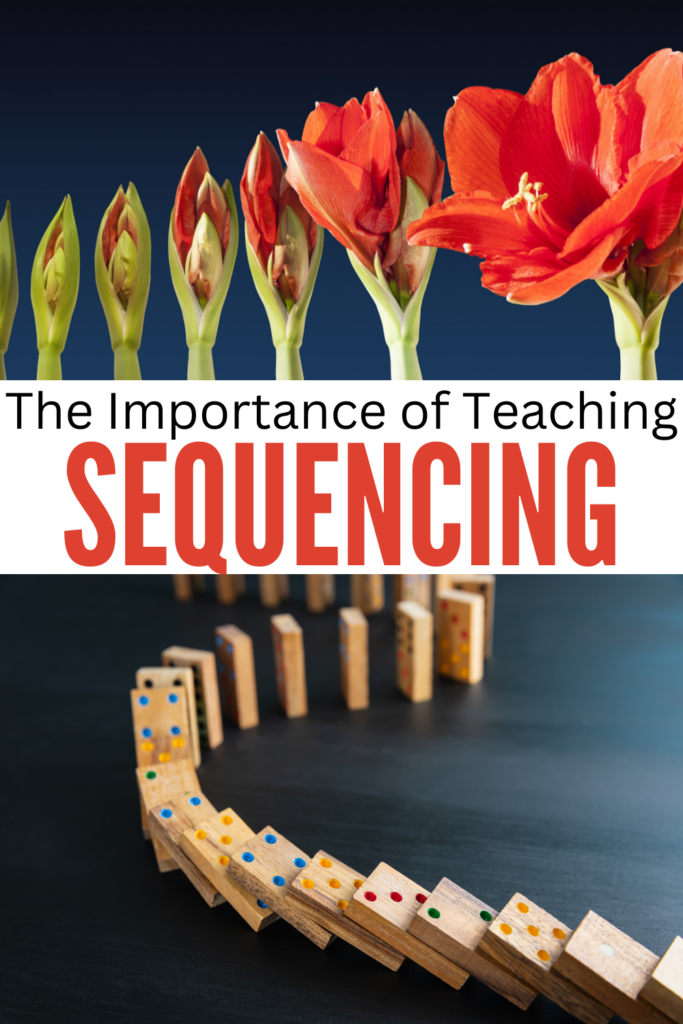
Sequencing is an essential skill that helps children organize their thoughts and solve problems.
It’s also a great way to get young learners engaged in the classroom, as sequencing activities can be both fun and educational.
By teaching kids how to put events in order, we’re preparing them for success in all aspects of life.
So, if you’re looking for ways to enhance your preschool curriculum, why not give sequencing a try? The benefits just might surprise you!
